Cassinga Day, commemorated on 4th May, remembers those who died in 1978 at Cassinga in southern Angola. Human Rights Day, on 10th December, remembers the 1959 massacre at the Old Location in Windhoek.
The latest commemoration day on 28th May, Genocide Remembrance Day, is being recognised this year for the first time, remembering the many Ovaherero and Nama people who lost their lives at the hands of the German colonial forces between 1904 and 1908. The day is noted as a day of reconciliation, a step towards healing and moving forward.
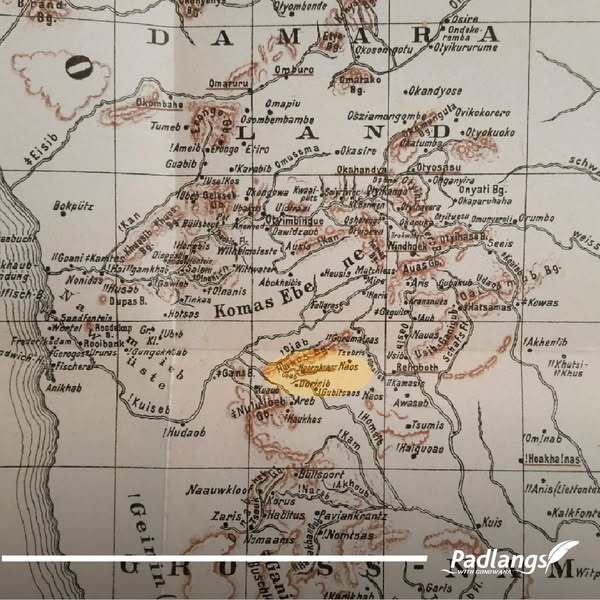
One day, however, which is not well known, is the massacre that took place at Hornkranz in the Khomas Hochland mountains 132 years ago, on 12th April 1893 when German colonial forces attacked Hendrik Witbooi at his village at Hornkranz, killing eighty people, many of them women and children.
From the 1800s, many Nama and Ovaherero groups had used the Khomas Hochland valleys, where water was readily available, as travel routes. An important spring in the Goab River is Hornkranz, 120km southwest of Windhoek. It was in the open plains on the eastern side of the spring where legendary Nama chief, Hendrik Witbooi, settled with about three hundred people in the late 1880s. Traders who visited Hornkranz spoke of hundreds of huts surrounded by a one-metre-high wall of packed stones. A church had also been erected and church services were regularly held.

When, in 1884, Germany declared the territory from the Kunene to the Orange River - and as far east as today’s Buitepos - German South West Africa, protection treaties were sought with the leaders of indigenous groups.
Hendrik Witbooi refused to make such a treaty. In order to set an example and to break Witbooi's power, the governor, Major Curt von Francois, launched a surprise attack on Hornkranz, storming the village in the early hours with two hundred German soldiers.
Unprepared, the men fought back as best they could. A German soldier’s report vividly described the dramatic scene where women and children caught in the crossfire were screaming, and cattle and sheep lay wounded on the ground. Higher up in the riverbed the battle continued to rage. The fierce battle lasted for about thirty minutes.
Afterwards German soldiers ransacked the village, taking Witbooi’s bible and his harmonium from the church, as well as his journals. They burnt the huts and the church and appropriated the livestock. Up to a hundred prisoners were taken, among them Witbooi’s wife and daughter.
Witbooi and most of his men managed to escape. A few weeks later they launched several attacks against German soldiers, and German traders’ cattle and freight transport.
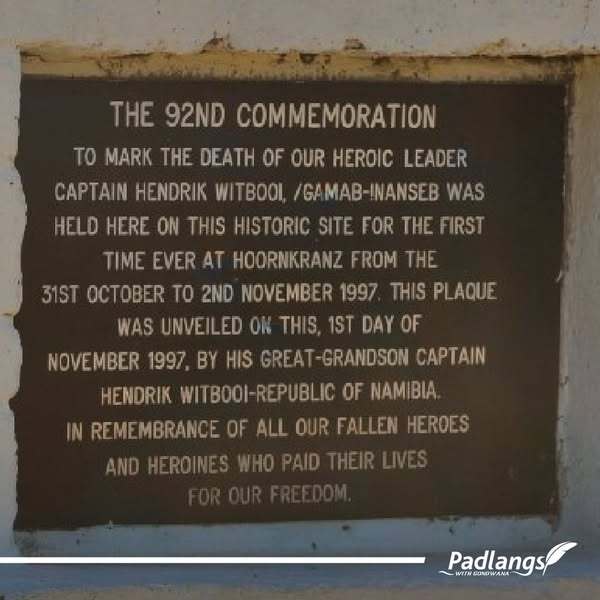
Local groups never again settled permanently at Hornkranz after the attack. The area was declared Crown land under German rule and subsequently became a farm, which has had many owners to date.
The Witbooi journals have attracted attention over the years. They are unique in that few other African leaders kept written records of their experiences, views, meetings and agreements, or had handwritten copies made of their correspondence. The economic and political emergence of Witbooi and his struggle against Germany’s imperial rule in German South West Africa can be followed by reading his journals and other writings.
As Witbooi had lost his right thumb to a bullet during a battle against the Ovaherero, making writing difficult, the entries into the chief’s journal were neatly written in Cape Dutch by his secretaries.
The box with Witbooi’s journals from the Battle of Hornkranz was taken to Windhoek and stored until 1925 in the administrative building, the Tintenpalast (Ink Palace). From 1948, they were kept in a vault in the National Archives with other documents of his, which had been traced and collected over the years.
Witbooi started a new journal after the battle at Hornkranz, followed by another, with entries until 1901. What is assumed to be his last journal was taken by German troops during the battle at Rietmond on 5th December 1905. Witbooi was fatally wounded on 29th October 1905 in a battle near Vaalgras. He was about 75 years old at the time.
In 2004, the National Archives applied to UNESCO to have Witbooi’s three journals inscribed into the ‘Memory of the World’ register. This register was started in 1992 to preserve valuable documents, manuscripts and writings for future generations. UNESCO entered the journals into the register in 2007.
The Witbooi family bible had been donated to the Linden Museum in Germany in 1902. It was finally returned to Namibia by the state of Baden-Württemberg in February 2019. The ‘Witbooi Bible’ and his whip were handed to President Hage Geingob at a solemn ceremony that was organised together with the Witbooi family in Gibeon, marking another significant step in the journey of reconciliation.


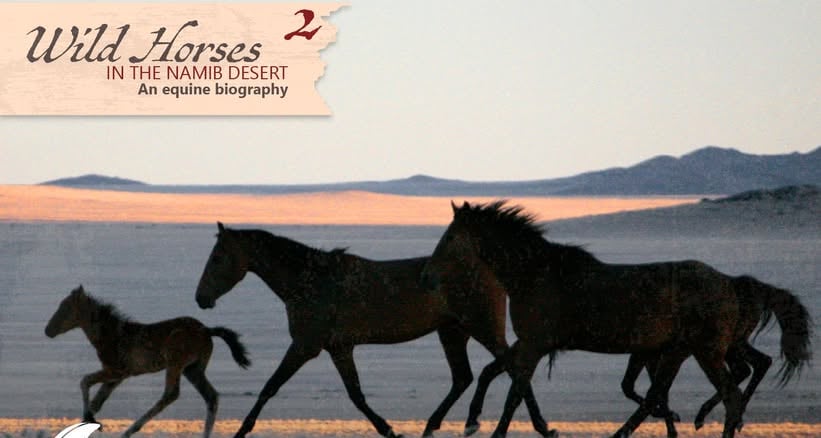
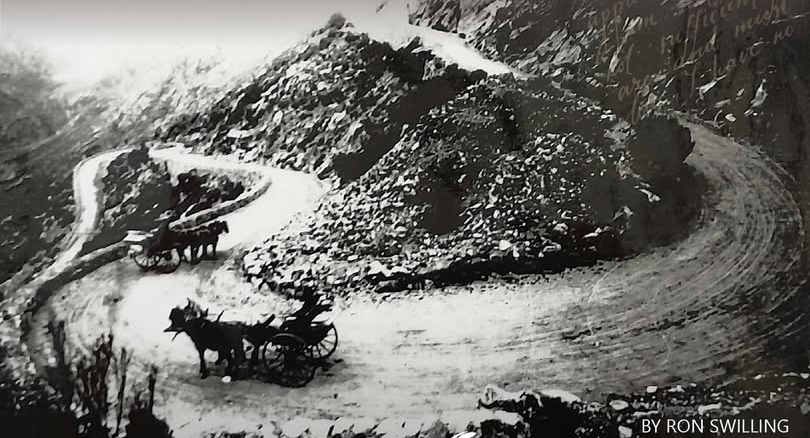
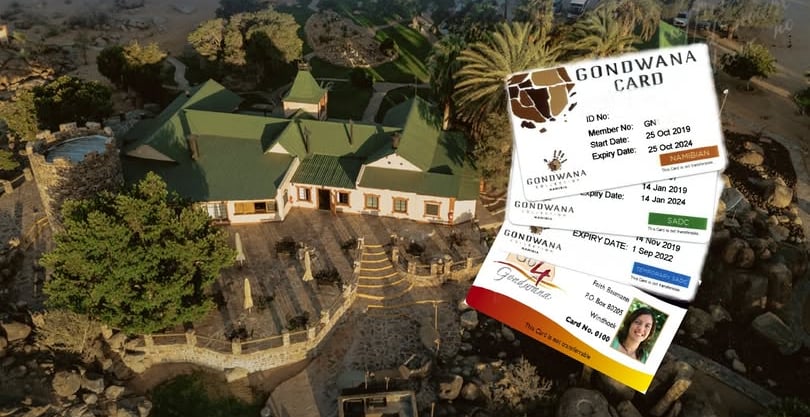




.png)

SUBMIT YOUR COMMENT